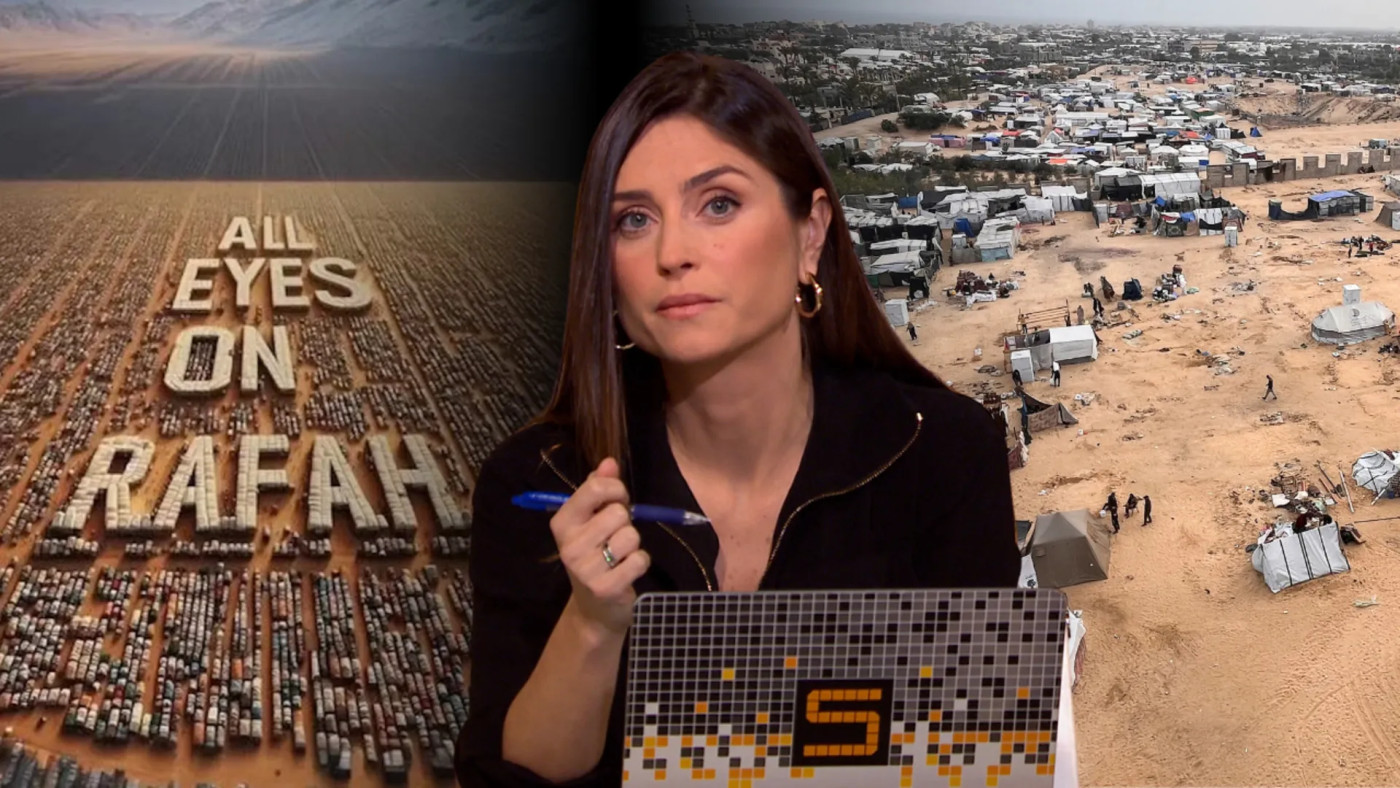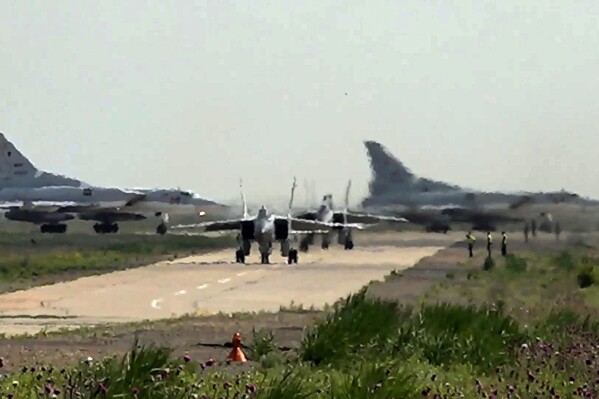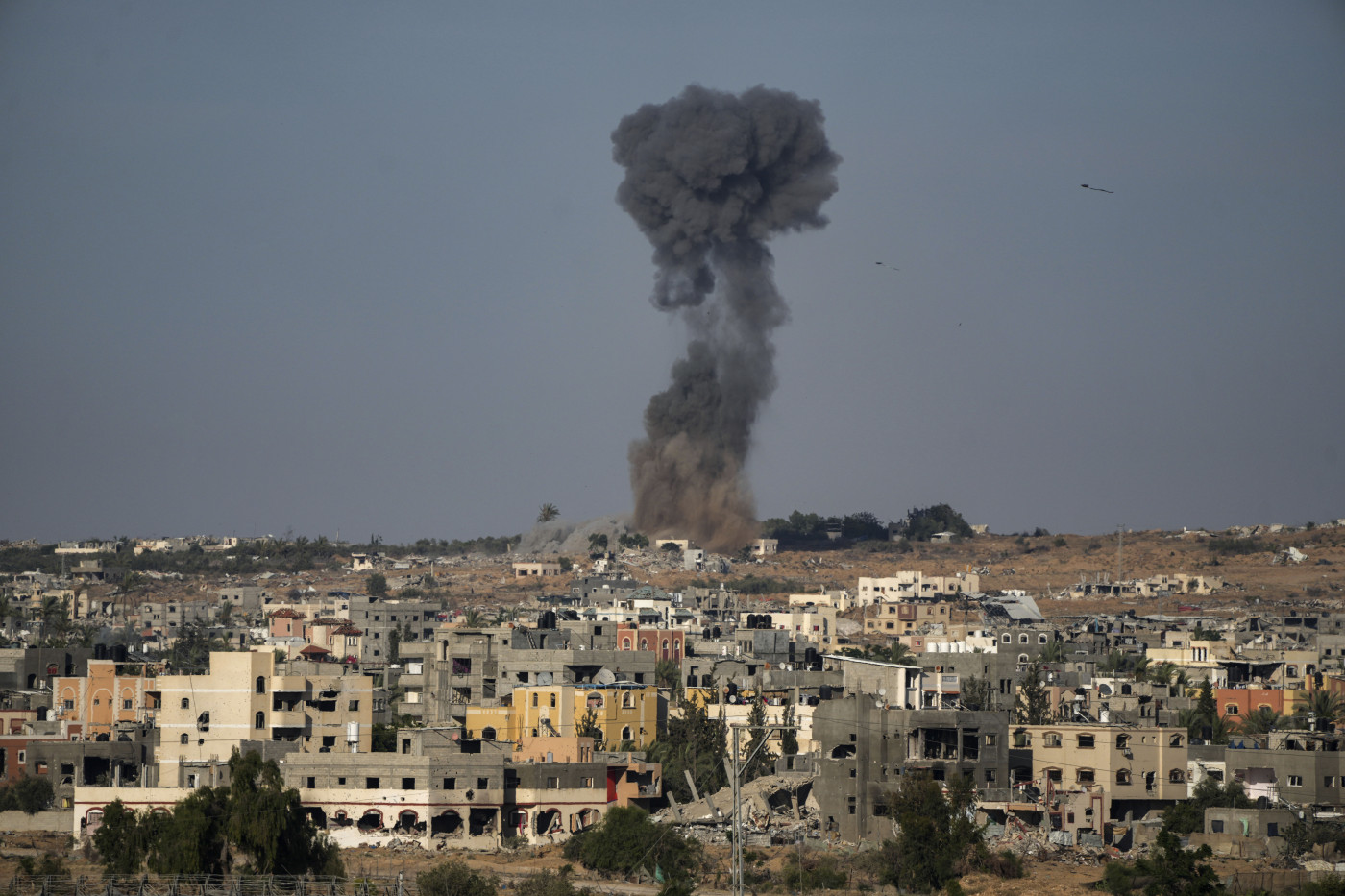Biden's Israel-Hamas Ceasefire Proposal, Explained
Hamas on Tuesday accepted a ceasefire resolution adopted by the United Nations Security Council and is ready to negotiate, according to reports.
Eight months into the conflict between Israel and Hamas, 14 of 15 council members voted in favor of the resolution Monday, which was drafted by the U.S. The only country to abstain was Russia.
Israel and Hamas have been at war since October 7 last year, when Hamas launched an attack on Israel in which some 1,200 people were killed and around 250 taken hostage, according to Israeli officials. Israel's retaliatory offensive has so far killed more than 37,000 people, according to Gaza's Ministry of Health.
After the resolution was passed, President Joe Biden posted on X, formerly Twitter: "Hamas says it wants a ceasefire. This deal is an opportunity to prove they mean it."
Biden outlined the three-phase ceasefire proposal on May 31 during an address at the White House.
What's in the Ceasefire Proposal?
First phase
- A "full and complete ceasefire" lasting six weeks that would see Israeli forces withdraw from all densely populated areas of Gaza.
- In this time, Hamas would release hostages. The number of hostages that they would release is currently unspecified.
- Hamas would release hostages, including women, elderly, and wounded people, in exchange for hundreds of Palestinian prisoners.
- Humanitarian assistance would be able to flow freely in Gaza. A proposed 600 trucks of aid would be allowed into Gaza every day.
- Palestinian civilians would return to their neighborhoods and homes.
- Biden has said that Israel and Hamas would need to negotiate a permanent end to the war while this ceasefire is in place.
- If the negotiations were to take longer than the six weeks that have ben outlined, then the ceasefire would continue for as long as it needs for a deal to be achieved.
Second phase
- Biden described the second phase of the ceasefire deal as a "permanent end to hostilities."
- This phase of the deal would include the release of all living Israeli hostages.
- Israel would withdraw all of its forces from Gaza.
- Biden clarified in his address that there are "a number of details to negotiate to move from phase one to phase two."
Third phase
- The final phase of the ceasefire deal would see the beginning of major reconstruction in Gaza.
- Gaza faces significant rebuilding after decades of devastation caused by the war.
- In this phase, any final remains of hostages who have been killed would be returned to their families.
What's Next
It remains unclear whether Israel will accept the ceasefire deal. After the resolution was passed, Israel's U.N. representative, Reut Shapir Ben Naftaly, said her country's goal "to bring all our hostages back home and to dismantle Hamas' capabilities [...] and ensure that Gaza does not pose a threat to Israel in the future" have been "very clear" since October 2023.
"We will continue until all of the hostages are returned and until Hamas' military and governing capabilities are dismantled," she said, and called for more pressure on Hamas.
Biden said on May 31, "I've urged leadership in Israel to stand behind this deal, despite whatever pressure comes."
U.S. Secretary of State Antony Blinken, who is in the Middle East pushing the ceasefire plan, told reporters that Hamas' statement was "a hopeful sign."
Blinken is meeting with leaders in Israel Tuesday.
Update, 6/11/6/24, 9:16 a.m. ET: This article was updated with new information.
Do you have a story we should be covering? Do you have any questions about the ceasefire deal? Contact LiveNews@newsweek.com
Disclaimer: The copyright of this article belongs to the original author. Reposting this article is solely for the purpose of information dissemination and does not constitute any investment advice. If there is any infringement, please contact us immediately. We will make corrections or deletions as necessary. Thank you.



